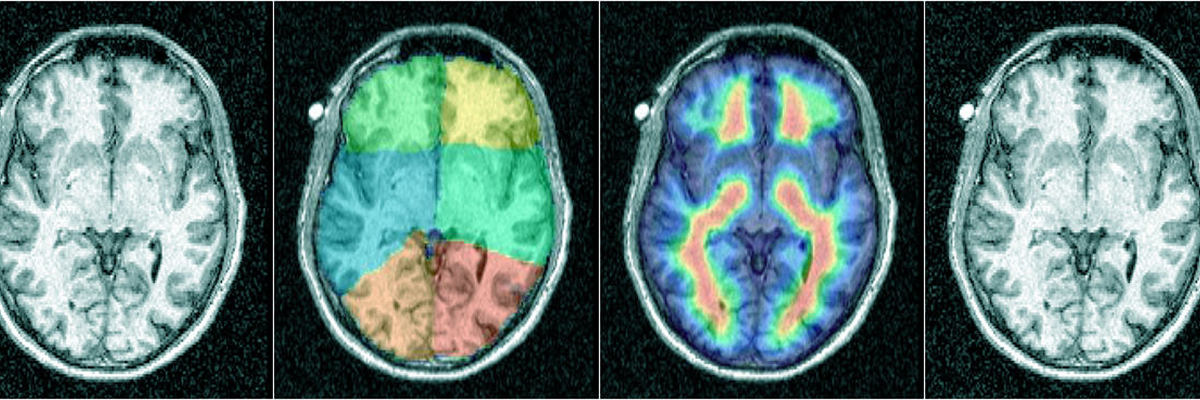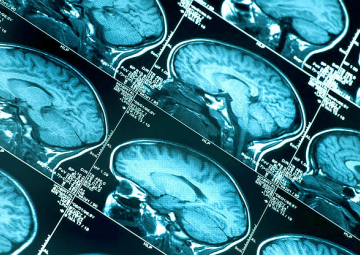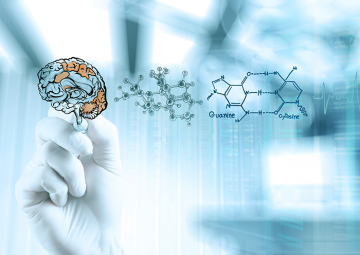
Description
Diagnosis and prediction of MCI and AD using pattern recognition and data-mining methods. Early and accurate diagnosis and prediction of MCI and AD is essential for developing new treatments which may prevent AD, or slow its progression. However, this is particularly challenging due to the subtlety of brain changes at the very early stages of the disease. Pattern recognition and data-mining are essentially the study of how machines can observe the environment, learn to distinguish relevant patterns, and make decisions about the observed patterns. The study of pattern recognition and data-mining is an interdisciplinary field combining areas such as mathematics, statistics, engineering, computer science, psychology and physiology. Human beings are particularly apt at recognising patterns, from an early age they are able to recognise a face, spoken words and written texts. Extensive research has been conducted to enable machines to match human perception, or in some cases, to exceed human ability. Pattern recognition methods have attracted much attention in brain imaging and computational neurosciences. Pattern recognition approaches enable: automated exploration of multiple relationships among high-dimensional features to differentiate between groups; the construction of non-linear models; and automated classification of scans of study participants on an individual basis. In addition, multimodal techniques are playing an increasingly important role in characterising structural and functional profiles in both normal and diseased brains.
Project Members
- Associate Professor Wei Wen, Associate Professor, CHeBA
- Dr Jiyang Jiang, Postdoctoral Fellow, CHeBA
- Associate Professor Tao Liu, PhD Associate Professor, School of Biological Science and Medical Engineering International Research Institute for Multidisciplinary Science, Beihang University





